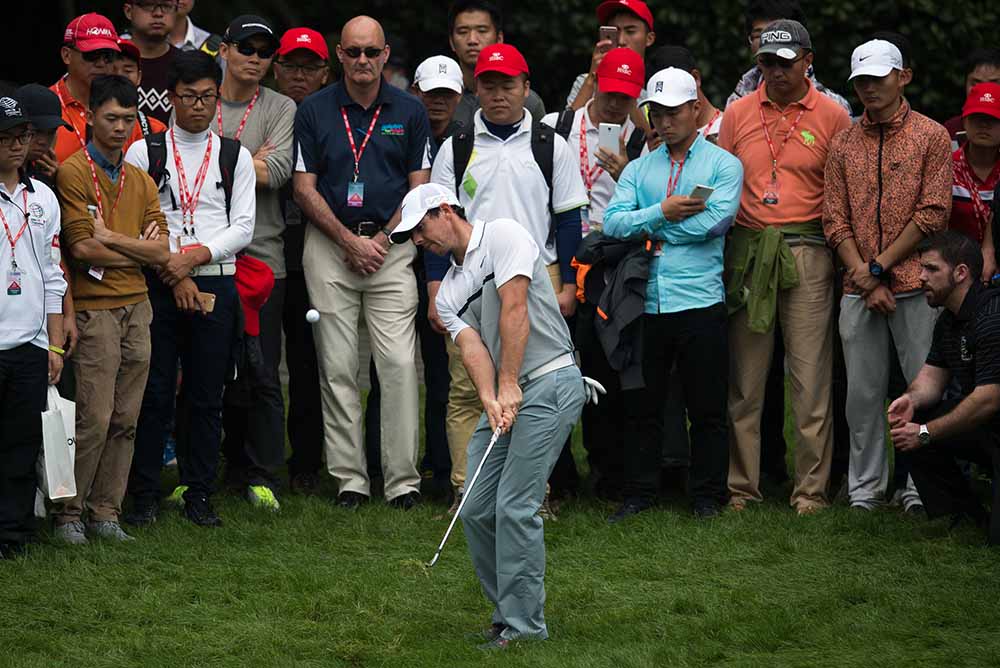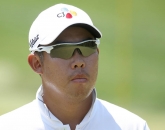
Golf’s current position – and future – in China is hard to fathom. Its return to the Olympics this summer, after an absence of more than a century, was expected to fuel participation, particularly among the young, in a country that places such importance on the Summer Games. Initially this seemed to be the case. Two-time major champion Greg Norman, who has designed numerous courses on the mainland, was brought in as a national team advisor to help build an Olympic programme to give their players the best possible opportunity of success. This didn’t last long – the “Great White Shark” was relieved on his duties more than a year ago, with the Australian stating: “I can only assume [this] is due to the current sentiment for golf within the country.”
Since the Communist Party’s ban on membership came into effect in October 2015, over 60 courses have been closed by the authorities. It is uncertain how many courses in China have actually been built, but a conservative estimate puts the number at well north of 500. The reasons for these closures are wide-ranging but most relate to permits – or lack thereof. Beijing had suddenly become serious. The moratorium was observed. The number of rounds played at clubs across the country dropped, as did the number of flashy sedans that could be seen in clubhouse car parks. Telephone hotlines were set up for well-minded citizens (many of whom worked at golf clubs) to report on those officials who chose to ignore the ban and carry on with their habitual Wednesday afternoon fourball. People were found out, and those people got in trouble. Those in the industry worried. For example, Western golf course architects, many of whom had set up offices in Beijing and Shanghai, left in search of pastures new. Was this the end of golf in what was considered the world’s fastest growing market?
Absolutely not, said Simon Leach, the European Tour’s China Director, from the undeniably upscale surrounds of Shenzhen Genzon Golf Club, which in mid-April hosted the second edition of the Shenzhen International, a US$2.8 million tournament that boasted such luminaries as two-time Masters champion Bubba Watson and four-time Hong Kong Open winner Miguel Angel Jimenez.
“Golf is going to grow in China – that’s a fact,” continued the Beijing-based Englishman, who joined the European Tour two years ago after a long stint working in China on behalf of snooker’s governing body, World Snooker Limited. “It [the crackdown] hasn’t affected us at all. Golf in China is going through the same process that it did in the USA and the UK many decades ago … there are elite courses being built, they’re being frowned upon, and public courses are going to happen. China in no different.”
Leach’s timing was impeccable. Just a week earlier one of the Communist Party’s numerous publications, the inspiringly-named “Discipline Inspection and Supervision News”, declared that golf is “only a sport” and is “neither right nor wrong”. What this truly means is anyone’s guess but it would seem to indicate a relaxation of sorts in the way the Government views the game. Communist Party members are, at the time of writing, still unable to join golf clubs without repercussions however.
The Shenzhen International was the first of event of the European Tour’s annual swing through the mainland, and the course it was played upon, the immaculate Shenzhen Genzon Golf Club, is, Leach said, absolutely in accordance with current government regulations. It has the correct permits in place.











